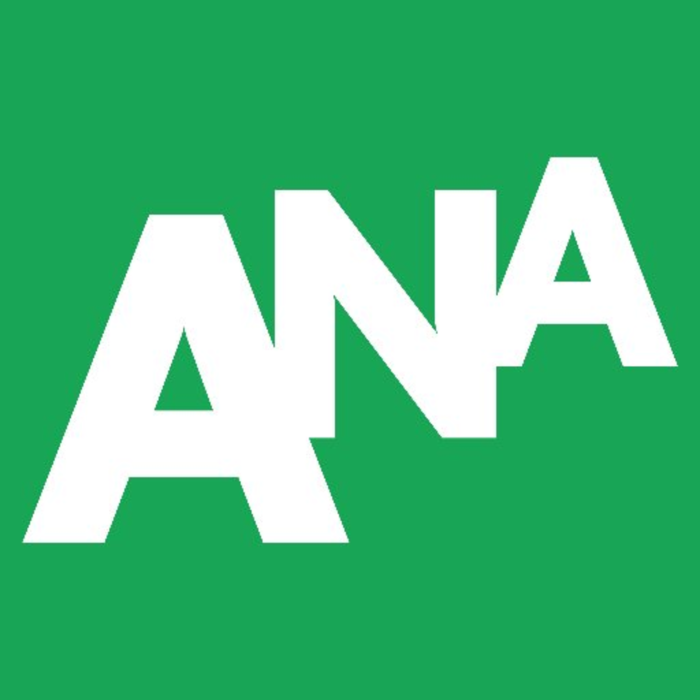The Association of National Advertisers (ANA) released a statement last week calling on the major social media and digital enterprises to embrace transparency, and submit to independent audits by the Media Rating Council. This isn’t the first time the ANA has called for transparency and certainly won’t be the last.
YouTube and Facebook recently announced they will allow independent audits from the Media Rating Council, a big victory for the ANA and advertisers that have called for more accountability on metrics.
This on the heels of Google announcing it will give advertisers more control over where their ads appear; a response no doubt to news of the French advertising company Havas Worldwide pulling its entire ad budget from Google and YouTube in the U.K. due to concerns over its ads running against hateful content.
Previously, YouTube and Facebook both reported glitches in its subscriber (for YouTube) and video viewing metrics (for Facebook).
The thread leading to this ANA pressure on so-called walled gardens is clear. Marketers want more transparency.
“Today, media isn’t only seen as a tool to get awareness, it’s more seen as a business driver. Because of that, clients want to see their media buys linked to sales… It’s imperative that it’s transparent,” says Carl Erik Kjaersgaard, founder and CEO at the media agency Blackwood Seven.
As a collective of some 600 companies and more than 10,000 brands, the ANA represents a sizable sample of the advertising market. However, the ANA could be limited in making definitive demands of those walled gardens, as its membership organizations may have different thresholds on what they will allow.
“There will come pressure from the market where they have to be more transparent,” Kjaersgaard says. “I don’t think clients will move all of their money from those [walled gardens], but they will look at more options.”
Now, those options could be more transparent media networks like Kjaersgaard’s company, or a more extreme approach, like Procter & Gamble’s, which recently announced it will no longer pay for digital media that doesn’t adhere to its standards for fraud and viewability transparency.
In any event, marketers are showing their impatience with companies like Facebook and Google, and are demonstrating their need for more transparency.
“While walled gardens create safe and trusted environments for consumers, marketers’ ability to combine insights from open and closed environments simply compounds downward trending numbers,” says Lewis Gersh, CEO at the programmatic direct mail company PebblePost. “[It’s a] classic ‘the emperor has no clothes’ situation. The more interesting question is ‘Why is everyone imagining what he might be wearing at this point?’ What we should focus on are the core issues around how marketers and consumers interact.”








